The Artists Exploring the Surrealism of Food
The Artists Exploring the Surrealism of Food
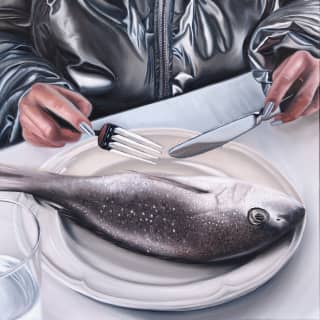
Art and food have always been closely intertwined, but when the Surrealist movement came along, it took a trippy turn. Now chefs and artists are serving up ever-more fanciful feasts off the canvas, as ingredients become both medium and muse. Food writer Bre Graham lifts the lid on the latest batch of mind-bending maestros.
Above artwork: Billy Gibney
When you look at the barbed petals of an artichoke or the electric arch of a boiled lobster’s back, it’s easy to see why artists have always been enamoured by the absurdity of food. From Wayne Thiebaud’s pastel-coloured cakes to Yayoi Kusama’s polka-dot pumpkins, it has been both a medium and a topic for artists for hundreds of years – none more so than the Surrealists in the early 20th century.
There’s Dorothea Tanning’s animated poached trout and René Magritte’s famous apples as faces, but it was Salvador Dalí who brought meals to life like no other. Stemming from an early desire to be a chef, Dalí published Les Diners de Gala, a cookbook dedicated to his beloved wife Gala, at the height of his fame in 1973. Its 136 recipes are illustrated by the artist, with chapters that cover everything from nocturnal cravings to aphrodisiacs. Each recipe is matched with Dali’s eccentric musings that include “I only like to eat what has clear and intelligible form” and “taste while the cicadas are singing in the hottest part of July”.
Now, though, the most surreal visions of food that we see are not played out on paper or canvas. When the American conceptual artist Jennifer Rubell created an interactive installation at London’s Saatchi Gallery for an art-world wedding in 2010, the walls between what is food and what is art came crashing down. The de Pury Diptych was a decadent feast piled on 67 white linen beds, every element designed to be consumed.
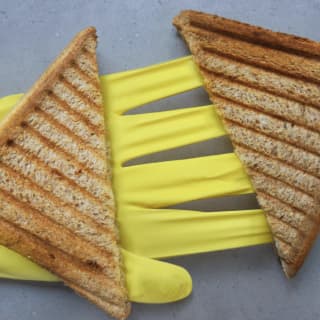
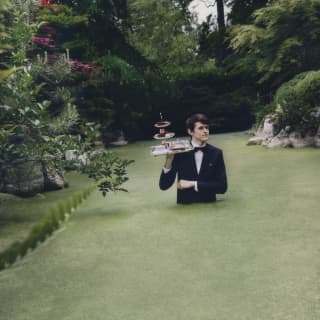
Credit: Thomas Rousset for Le Manoir aux Quat'Saisons
Contemporary artists working in more traditional mediums are playing with food too: the photographer Chris Rhodes (who recently shot the Hotel Cipriani and Splendido for the Belmond Legends campaign) juxtaposes basic ingredients and luxury items to create surreal still-lifes – perhaps an heirloom tomato placed inside a silk stiletto or diamond drop earrings pierced into a McDonald’s Filet-O-Fish. Artist Dudi Ben Simon pairs everyday objects to skew reality: yellow rubber gloves as cheese in a toastie, a mushroom as a headphone. In Thomas Rousset’s recent work for Le Manoir aux Quat’Saisons, the garden and kitchen become one, with white-shirted waiters emerging from ponds and delicate French pastries appearing to bloom from lily pads.
In a 2022 exhibition titled Buffet by the Melbourne-based painter Billy Vanilli, almost every painting featured surreal depictions of food. “It’s one of the great necessities, we all need it and everyone can relate to it” he says. “Beyond that, there are layers of rituals, customs and tools that surround food. It can evoke a memory, cause distress, symbolise wealth or a means of surviving.”
It’s easy to see why artists are drawn to the escapism and fantasy that it provides. Whether in a commercial kitchen or an artist’s studio, people create as a way of understanding the world. These installations ask us – as the audience and then as diners – to immerse ourselves in that vision, equal parts spectacle and sustenance, to delight and distract us from the absurdity of it all.
To see food and art come to life, dine at Le Manoir aux Quat’Saisons, A Belmond Hotel, Oxfordshire, and discover Raymond Blanc’s culinary creativity on their 40th anniversary menu.
Delve deeper into
You might also enjoy
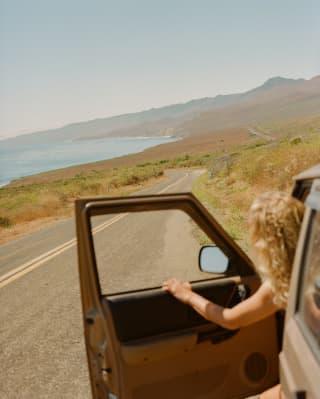
Self-Guided Cinematic Tour of Santa Barbara
Santa Barbara has long been a magnet for filmmakers, from classic Hollywood epics to contemporary dramas. Ahead of the 40th Santa Barbara International Film Festival (SBIFF), take our self-guided cinematic tour through the very places where some of the most iconic films were made.
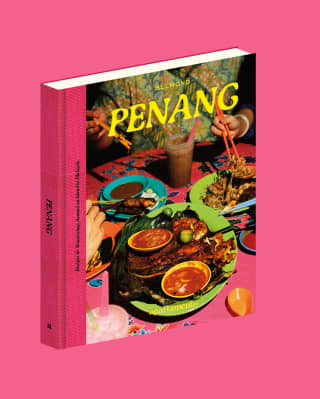
Eat Your Way Through Penang
Discover ‘Penang: Recipes and Wanderings Around an Island in Malaysia’, the newest cookbook collaboration between Belmond and Apartamento.

Discover Belmond’s Photobooks
Inspired by Belmond’s one-of-a-kind hotels and destinations, ‘As Seen By’ is an collection of collectible photobooks with Parisian publisher RVB.
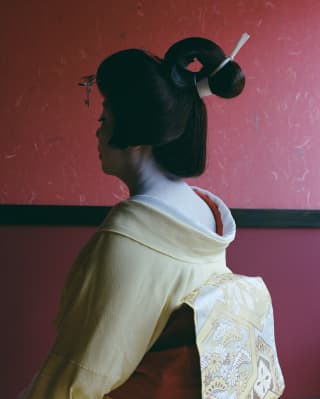
Meet the Winner of the Belmond Photographic Residency
After a global search and over 800 applications, the first winner of the Belmond Photographic Residency has been announced.
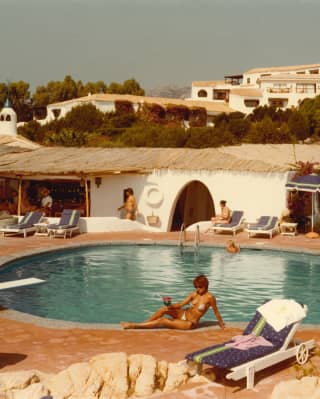
Swinging Sardinia
As Romazzino re-opens its doors in Porto Cervo, Christina Newland traces the Costa Smeralda’s glamorous history – from the Swinging Sixties to the glittering present.
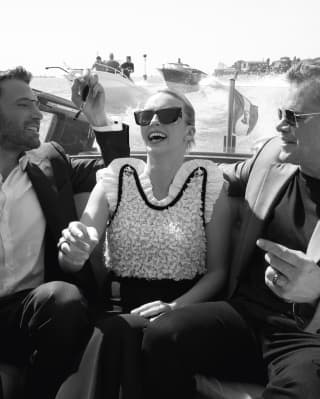
Hotel Cipriani, As Seen By Greg Williams
To celebrate this year's Venice Film Festival, we’re exploring the incredible archive of photographer Greg Williams in a new publication. Here’s a sneak peek.
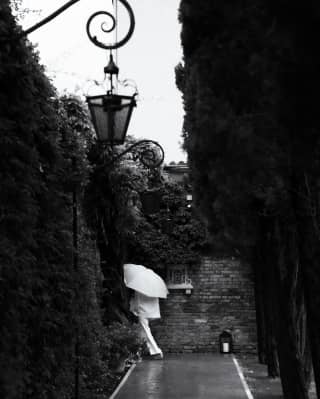
Behind the Scenes: Venice Film Festival
Hotel Cipriani has been a celebrity haven during the Venice Film Festival for decades. But how is this magic nurtured behind the scenes? The staff tell all...